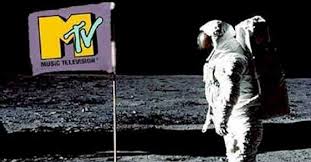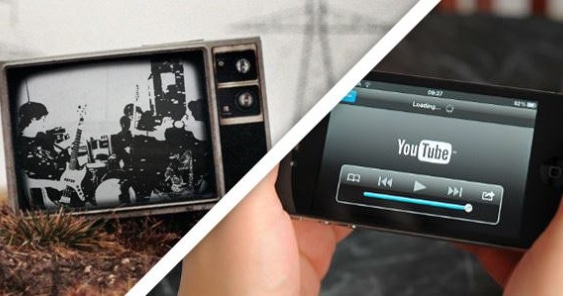Television has become a central portal for us to see the rest of the world. From the daily news to sports games to late night shows, it has it all. Few know about its origins and its global expansion, which we will talk about today!
Grab some popcorn!
The first complete set of TV is attributed to John Logie Baird, a Scottish Engineer. In 1925, he successfully managed to depict a puppet’s head through this device in department stores. After, this product began to gain traction, particularly with the aristocrats, since one television used to cost half a year’s average salary.
Add some colour to it!
Television back then was in black and white only and remained so until 1946, thanks to Russian scientist Vladimir Zworykin. After the second world war, hundreds of thousands of people weekly were buying televisions, mostly since prices had dropped significantly. They could tune to see cartoons like “Howdy Dowdy”, “The Texaco Star Theater” and daily news broadcasts.
In 1951, the first electronic colour program was aired in the US. CBS televisions were based on a mechanical system, meaning that they had the technology to see in colour, however couldn’t see black and white. RCA tvs were electronic, meaning they could do both.

This did not stop sales of tvs however, reaching 200 million in 1952. In 1953, broadcasters shifted to colourised tv, further skyrocketing tv sales, since now they could actually see other channels.
Also, since tvs were becoming cheaper and cheaper, more people were buying. Broadcasters began to expand. There was coverage of the Vietnam War, sports games, political debates, movies, tv shows, music and many others. Multiple stations that still live today began in the 70s such as ESPN, MTV, CNN etc. (The BBC came about in the 30s).

In the 80s and 90s, they became not only just sources for broadcasters but also screens for household video games and VHS players.
Bring it to the noughties!
In 2000, Sony unveiled the flat screen tv, with technology to surpass the box tvs that dominated the later part of the previous decade. Throughout the 2000s, they replaced the box tvs. DVDs also came in to the picture and surpassed the VHS tapes in 2004. However, they were shortly replaced by the Blu-Ray disc. Then there was the whole 3D tv ordeal in 2010 but it did not catch on.
Tv and how it lives today
Nowadays, television has become more of an exclusive good, with manufacturers making middle and high end televisions only. They have smart technology, which integrates the internet and traditional television. Most media channels are jumping on the internet nowadays and subscription platforms for shows like Netflix are ever increasing in popularity. Mobile phones and PCs are taking over the role of the television nowadays.

Sure, televisions are becoming more and more exclusive nowadays. We have a vintage television available in our store.
